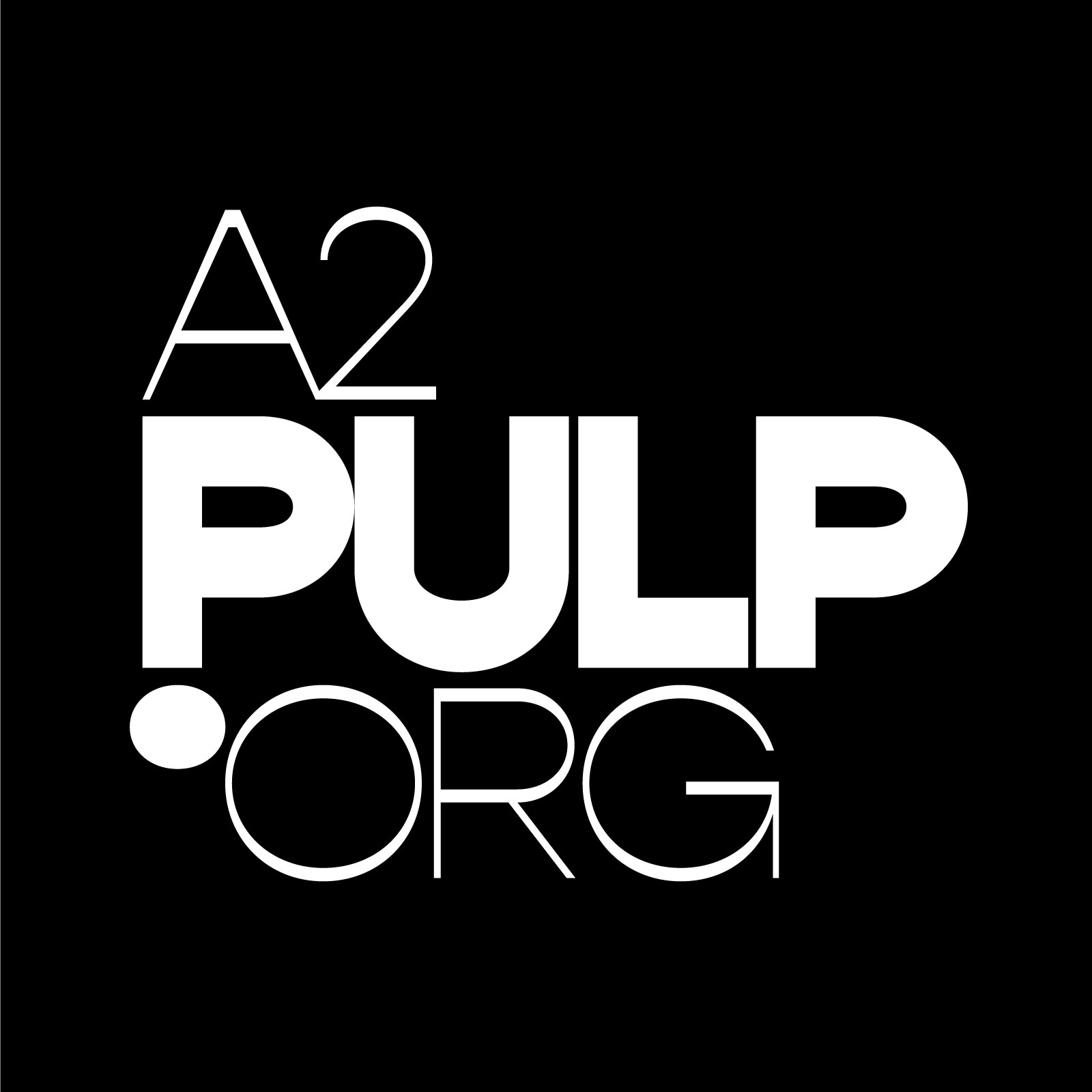Keith & Martin/Martin & Keith: Elegy for the \aut\BAR
“From 1995 to 2020, Ann Arbor’s Aut/Bar was the mecca for the LGBTQ+ community. Its founders, Martin Contreras and Keith Orr, created a cultural and political hub that bridged the AIDS era with assimilation of the queer community and urban gentrification. This film is both tribute and elegy to a moment of significant hope when Ann Arbor lived up to its reputation for harboring a tolerant and liberal-minded population. It is dedicated to the two men who were at its heart and whose proud determination to make it happen was both fierce and tender.” - Peter Sparling
- Read more about Keith & Martin/Martin & Keith: Elegy for the \aut\BAR
- Log in or register to post comments




































